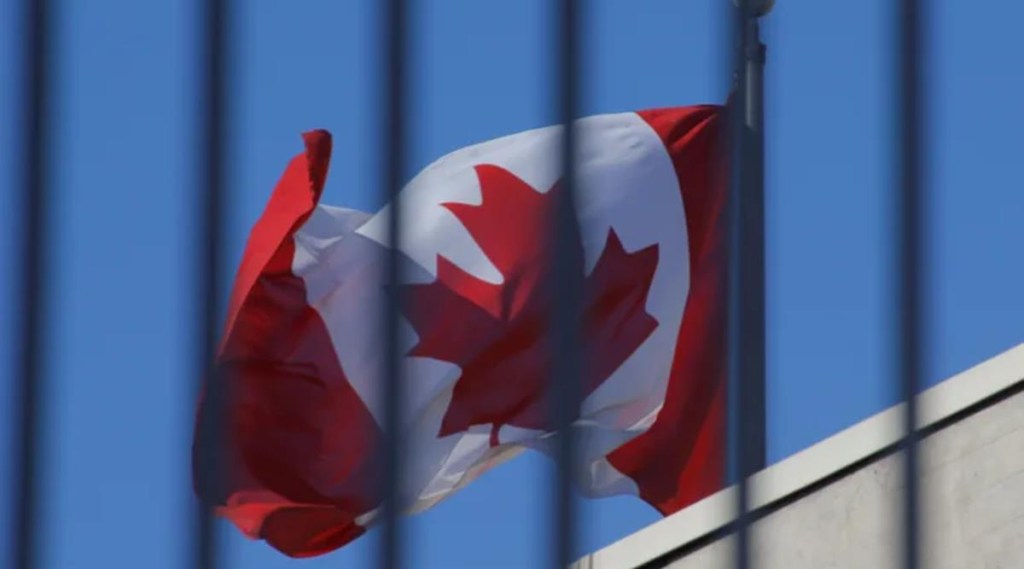The Canadian government has stated that it plans to accept 1.3 million immigrants over the next three years in order to stimulate post-pandemic growth. According to the 2022-2024 Immigration Levels Plan, Canada will accept over 431,000 immigrants in 2022, up from the 411,000 initially announced, as well as 447,055 in 2023 and 451,000 in 2024.
Sean Fraser, Minister of Immigration, Refugees, and Citizenship introduced the 2022-2024 Immigration levels plan, which lays out the government’s plan for newcomers to help the Canadian economy recover and stimulate post-pandemic growth. Many jobs lost as a result of the pandemic have been recovered, but there are still hundreds of thousands of open positions.
Also Read: Check your immigration eligibility
Because immigration accounts for nearly all of Canada’s labor force development, and millions of Canadians are expected to retire by the end of the decade, the government clearly signals a strong economic need for increased immigration.
The Immigration levels plan for 2022–2024 aims to assist in welcoming immigrants at a rate of about 1% of Canada’s population. And, for the next three years, newcomers to Canada will help to boost the Canadian economy. Furthermore, these figures only include new permanent residents. They exclude the hundreds of thousands of temporary residents who arrive in Canada as temporary workers and international students each year.
It stated that the plan for the next three years is to accept the following immigrants as permanent residents for a total of 1.03 million in the following years:
- 431,645 permanent residents in 2022
- 447,055 permanent residents in 2023
- 451,000 permanent residents in 2024
Since the increased targets, the government intends to address issues with Canada’s immigration system by modernizing it, which will reduce the backlog of applications and create predictable processing times. If the new goal is met under the new plan, Canada will break the record for bringing the greatest number of newcomers to the country every year from 2022 to 2024.
Applicants can submit their resume for consideration under the Federal Skilled Worker Program, Federal Skilled Trades Program, Canadian Experience Class, or Provincial Nominee Program in order to obtain a family immigration visa.
Canada has gradually increased legal immigration into the country, establishing a streamlined path to citizenship for highly skilled workers and entrepreneurs. Economic pathways will admit 57 percent of Canada’s new permanent residents. These routes prioritize skilled workers and their family members.
Notably, another 83,500 newcomers will be admitted in 2022 through Canada’s Provincial Nominee Programs (PNPs), many of which are similar to Express Entry but are listed separately in the Immigration Levels Plan.
The Express Entry targets will be raised to 75,750 in 2023, which is still significantly lower than in previous years. However, by 2024, Express Entry targets will have surpassed their pre-pandemic levels, rising to 111,500.
Despite the fact that economic immigration is a priority, Canada remains committed to family reunification, refugees, and asylum seekers.
Sponsorship of spouses, partners, children, parents, and grandparents by Canadian permanent residents and citizens is referred to as family reunification. Canada intends to admit more than 105,000 newcomers through family class pathways by 2022. This represents a slight increase over the previous year.

